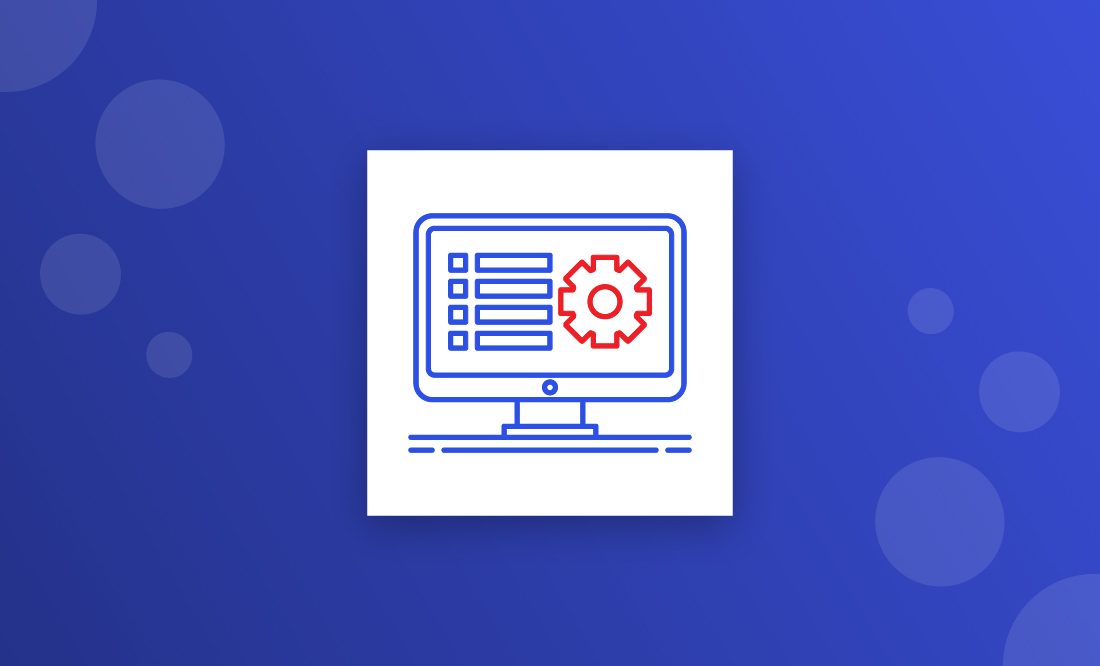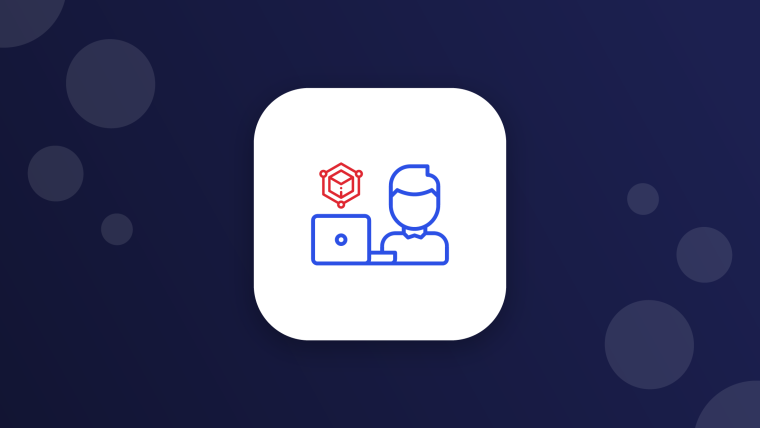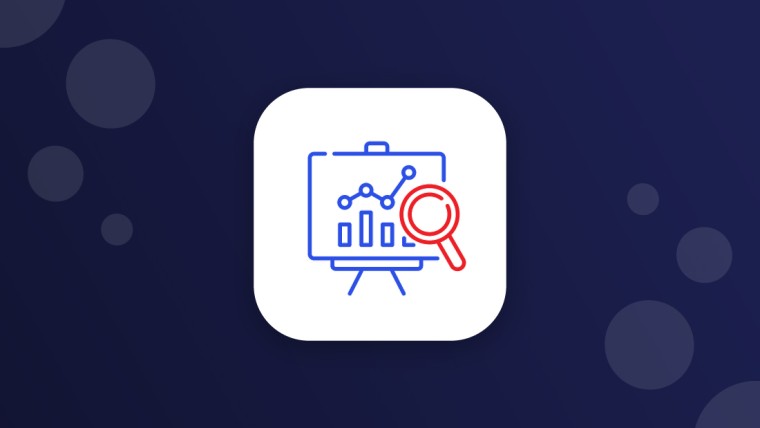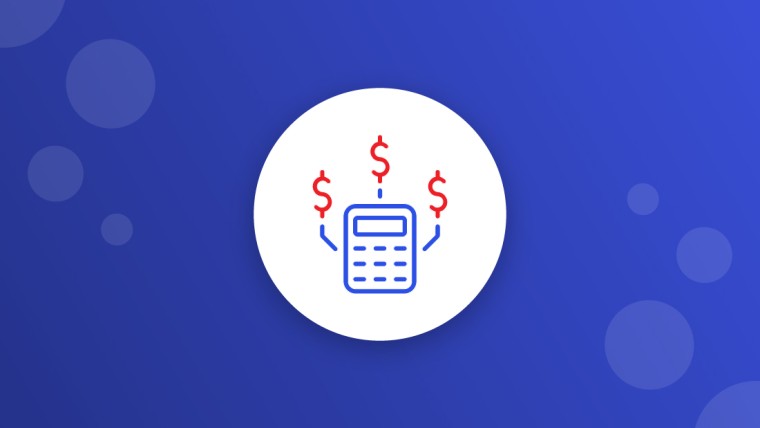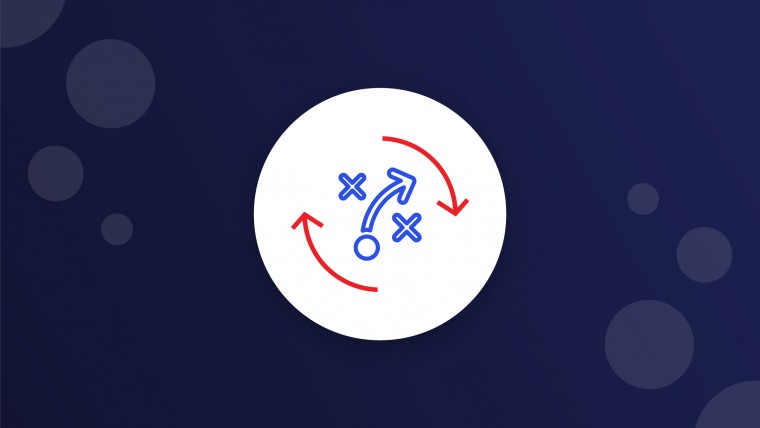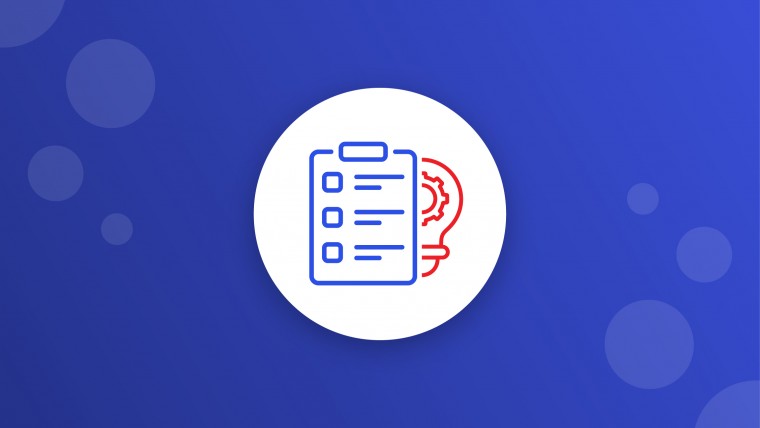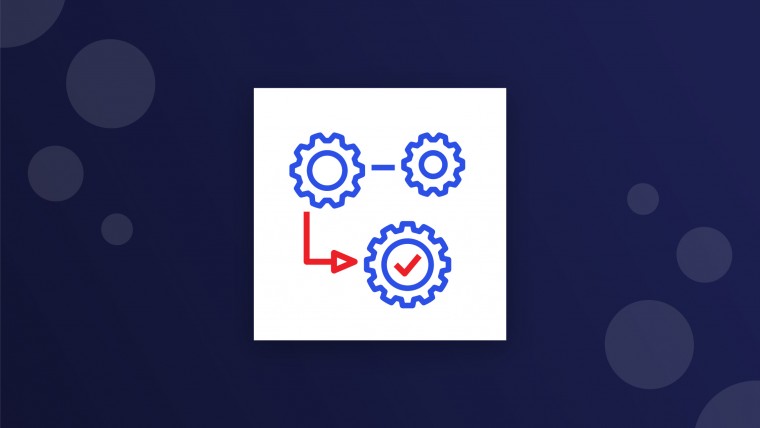Written By Jennifer Walkup Published Date Apr 06′ 2018
In today’s market, there are many options when it comes to applications, software and tools for project management. Although most of the available applications provide robust ‘task management’ and ‘product roadmap’ functionalities, not all tools have have robust project risk management functionalities.
So how do you choose the best tool for your application? When searching for the right tool to manage risks in a project, a portfolio, or at organizational-level, the application you select should enable your team to:
| Identify risks | Assess Risks | Control Risks | Track and Follow-up | Communicate with stakeholders |
|---|---|---|---|---|
|
|
|
|
|
Using the chart above to help you plan the best use of tools and application. If you use less advanced tools, such as forms or spreadsheets, be sure to design your own tools to include the above functions. On the other hand, if you are in the market for a new application for your business, be sure the application or software you select provides you with simple built-in tools that capture these functionalities.
Don’t get dazzled by sophisticated options. The more complex the tool is, the more time and energy it takes for you and your team to learn it. Also, many of these sophisticated options require frequent updates, and may not even be options you need.
Opt for a simple yet a practical tool that is not one-dimensional, supports team collaboration rapid deployment, and with a full-fledged risk management process. It is also essential that the tool you choose supports tracking tasks dependencies as well as risks. This essential aspect will help you maintain full risk control .
With technological advances in cloud computing and software development, current applications have been developed specifically to overcome older tools’ rigidity, empowering project management teams to structure project management functions in a way that best suits their needs.
The digital and flexible format of modern project management tools allows users to add new functionality for multiple users, integrate with other systems, and mine for valuable data to inform the decision making process.

